(QBĐT) - The source of breeds plays an important role in determining the yield and quality of aquaculture. Therefore, in recent times, the research and development of breeds has been paid attention to by the Quang Binh Aquatic Breeding Center (Department of Agriculture and Rural Development). Thanks to that, aquatic breeds are increasingly diverse in types, quantity and quality are gradually improved.
Variety of types and quantities
Quang Binh currently has 6,716 hectares of aquaculture, of which the brackish water farming area is 1,795 hectares and the fresh water farming area is 4,921 hectares. Every year, the demand for high-quality seed sources for aquaculture is very large. Therefore, the Quang Binh Aquatic Seed Center is increasingly making efforts in testing new breeds and producing and supplying shrimp and fish seeds to effectively serve the farming needs of the people.
At Dai Phuong freshwater fish farm in Dai Trach commune (Bo Trach) - a unit of the center - during this time, customers come in and out to buy fish fry. Mr. Pham Ngoc Quynh, Head of the farm, said that in addition to maintaining traditional breeds such as: Grass carp, silver carp, common carp, monosex tilapia..., the farm also develops many new high-quality breeds that are chosen by consumers, such as: Catfish, loach, red tilapia, crucian carp, common carp, black carp, eel, frog, black apple snail, snakehead fish... In particular, the farm is researching the production of nien fish (cool fish) fry to supply breeds to farmers. Every year, the farm supplies about 10 million fry of all kinds, meeting 70% of the needs of people in the province.
 |
At Quang Phu Brackishwater Aquaculture Hatchery (Dong Hoi City), each year, 30-40 million white-leg shrimp fry and 10-15 million black tiger shrimp fry are produced and supplied to farmers in and outside the province. The shrimp fry are all fast-growing, disease-resistant and fast-growing. Currently, the hatchery meets about 70-80% of the demand for white-leg shrimp and black tiger shrimp fry of local people. In addition to producing shrimp fry, in recent years, the hatchery has also cooperated with many large partners to supply brackishwater aquatic breeds, such as fish: Día, Nau, Bốp, Mù, Gà and crabs, snails... for local people in and outside the province.
Mr. Hoang Quang Vinh, Deputy Director of Quang Binh Aquatic Breeding Center, said: When buying breeds at the center's hatcheries, people will be consulted by engineers about the subject, guided on the breeding and care process to achieve high economic efficiency. The center always ensures technical requirements for breeds as well as "domesticates" the environment so that the survival rate is higher than buying from other places. At the center, all breeds produced and raised are tested to evaluate the quality before being provided to people.
Mr. Luu Van Phuc, Ha Trach commune (Bo Trach) has 3 hectares of white-leg shrimp farming area. For more than 15 years, he has been ordering shrimp fry at Quang Phu brackish water aquaculture hatchery. According to Mr. Phuc, compared to shrimp fry in the southern provinces, shrimp fry here have a higher survival rate and better development. Recently, I also ordered 500,000 white-leg shrimp fry to raise for the new crop, especially since the center is offering a 50% subsidy policy, so I feel happy and excited. This is a good policy to help people reduce input costs when the situation of raising white-leg shrimp is increasingly difficult.
Production of high quality breeds
To improve the quality of aquatic breeds, Quang Binh Aquatic Breeding Center is always proactive in researching, innovating technological processes, and producing high-quality breeds to meet people's needs. In 2023, the center successfully implemented a model of raising rabbitfish from the fry stage to fingerlings, gradually perfecting the breeding process to proactively produce fingerlings to meet market demand. As a result, after 75 days of rearing in the pond, the rabbitfish fry were healthy, of uniform size, and qualified for commercial farming.
In addition, the unit has purchased quality broodstock, including: 135kg of V1 carp (size 1.5-2kg/fish), 110kg of bighead carp (size 2-3kg/fish) to raise and care for to select mature broodstock, create new broodstock to proactively produce, improve the quality of the breed; initially introduce some types of fish: barramundi, grouper, brown... into production trials to serve fish farming in ponds, in cages on rivers and seas. The unit is coordinating with Quang Binh University to carry out a scientific project to research biological characteristics and test the production of juvenile fish in Quang Binh province to provide breeds for people when natural fish are increasingly depleted.
| In 2023, Quang Binh Aquatic Breeding Center produced and supplied to the market more than 10 million black tiger shrimp seeds, more than 30 million white-leg shrimp seeds, 52 million fish fry, and 5.5 million fish seeds. |
Implementing the policy of supporting fish seed prices for areas converting ineffective rice fields, areas with natural disasters, epidemics, mountainous communes, coastal areas, and areas with special difficulties, in 2023, the Quang Binh Aquatic Seed Center supported 50% of the price of white-leg shrimp seeds for people in Quang Trach, Bo Trach, Quang Ninh districts and Ba Don town; 50% of the price of freshwater fish seeds for people in the whole province. In addition, the center also coordinated with the Department of Fisheries and localities to release shrimp and fish seeds into natural water bodies to regenerate aquatic resources.
According to Mr. Hoang Quang Vinh, in the coming time, to increase the value of breeds and expand other breeds, meeting market demand, the center will continue to apply scientific and technical advances, digital technology to innovate production processes, create breeds of increasingly high quality, disease-free, improve productivity and economic efficiency; research and develop biosafety farming technology processes, farming technology that uses less water, is clean, environmentally friendly, discharges less waste, and adapts to climate change; restructure parent fish stocks to suit the breed structure to both save space and reduce farming costs; proactively research new subjects, high economic value, short-term farming subjects to introduce and provide breeds to farmers...
Thanh Hoa
Source




![[Photo] General Secretary To Lam chairs a working session with the Central Internal Affairs Commission](https://vphoto.vietnam.vn/thumb/1200x675/vietnam/resource/IMAGE/2025/5/22/3b7790f499da45b2803d8ae253207ef1)
![[Photo] Press delegation meeting to visit Truong Sa and DK1 Platform](https://vphoto.vietnam.vn/thumb/1200x675/vietnam/resource/IMAGE/2025/5/22/6b8d232877ec421a9e8187d83b9f8006)
![[Photo] Prime Minister Pham Minh Chinh chairs meeting on draft Resolution of National Assembly on International Financial Center in Vietnam](https://vphoto.vietnam.vn/thumb/1200x675/vietnam/resource/IMAGE/2025/5/22/d398664ff1a140629169ea5a24e1b4d0)
![[Photo] T&T 1 and Ho Chi Minh City 1 People's Police Teams won the men's and women's team championships](https://vphoto.vietnam.vn/thumb/1200x675/vietnam/resource/IMAGE/2025/5/22/39db06ae67cb4001b7a556e8d9a56d07)


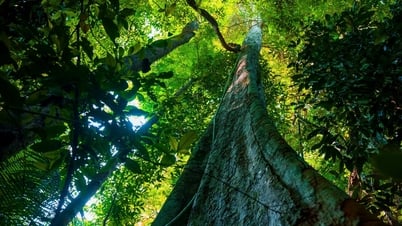

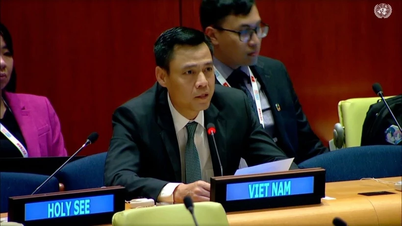

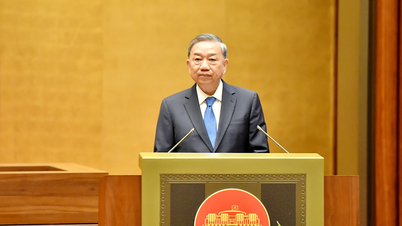


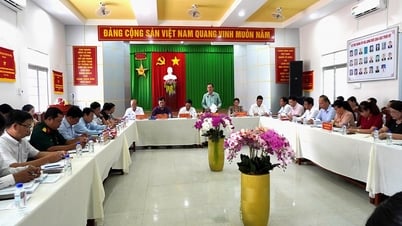

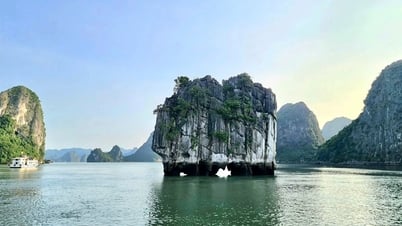
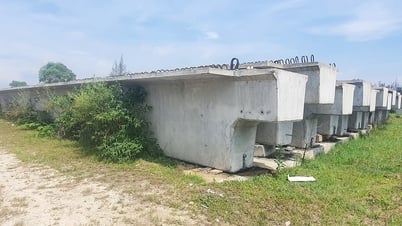

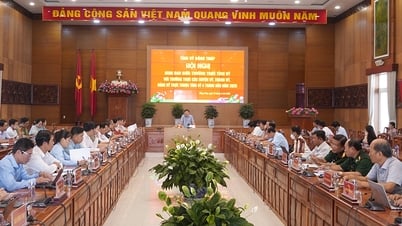
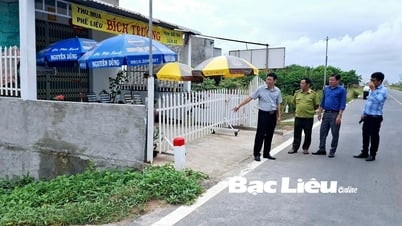




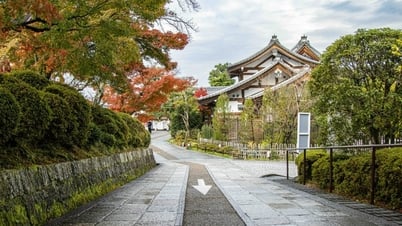


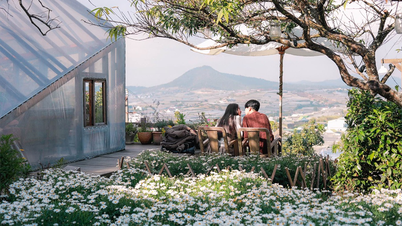
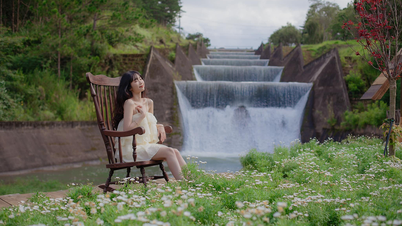
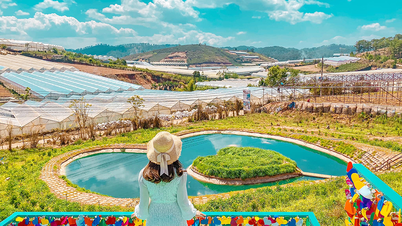


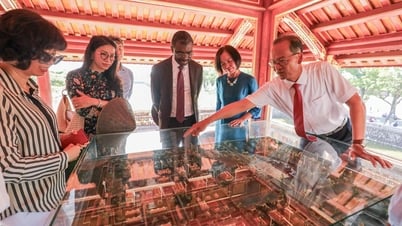






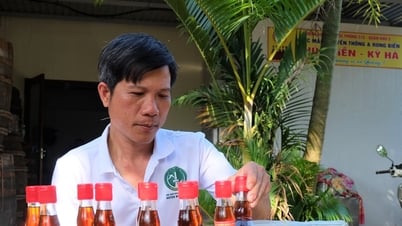

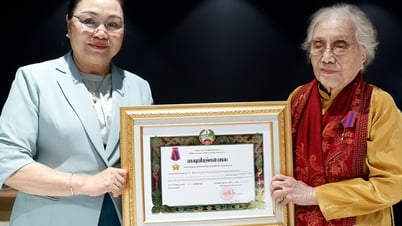

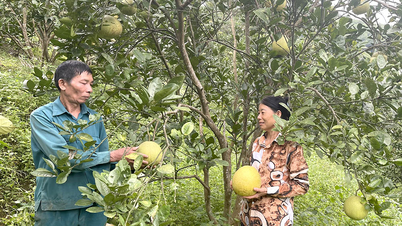

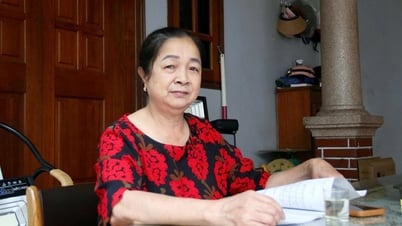








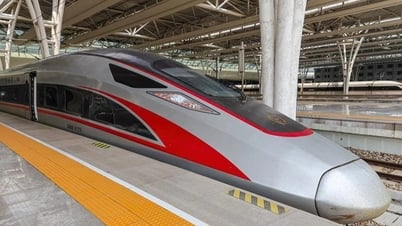
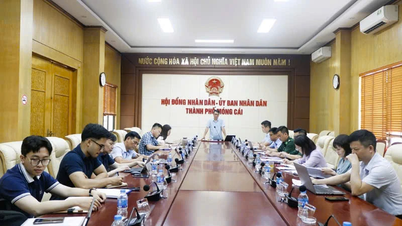
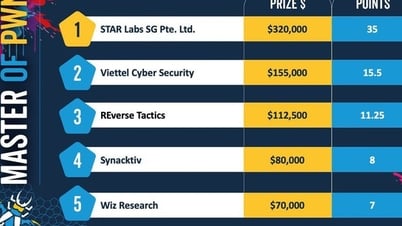


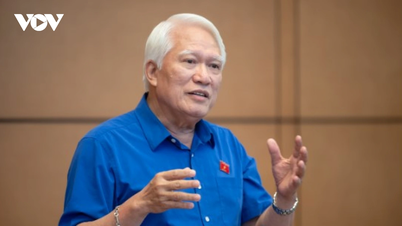




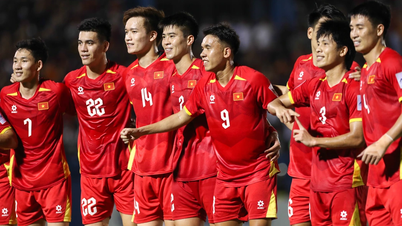




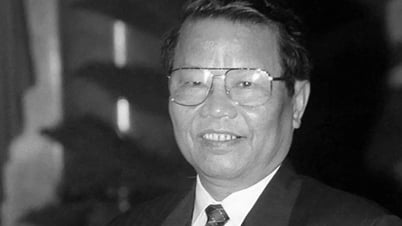






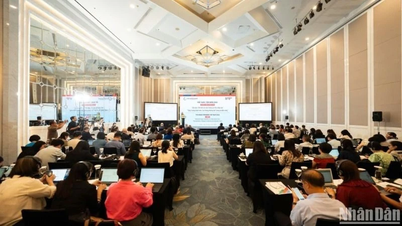

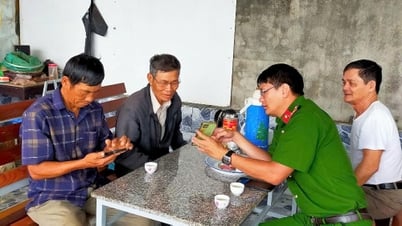

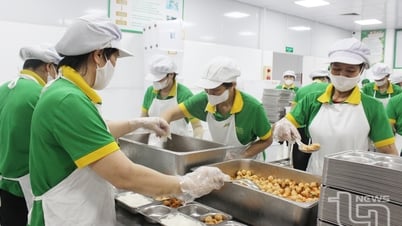

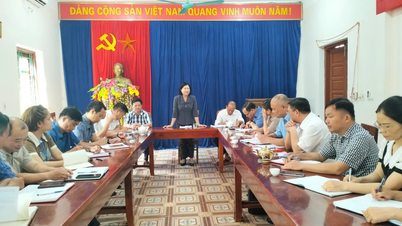

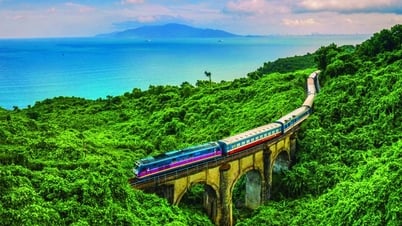







![[Podcast] Week introducing more than 500 OCOP products in Hanoi](https://vphoto.vietnam.vn/thumb/402x226/vietnam/resource/IMAGE/2025/5/22/d144aac2416744718388dbae3260e7fd)



Comment (0)